Faced with the complicated situation of mosaic disease that reduces the productivity and quality of raw cassava, the agricultural sector has coordinated with local raw material areas to implement models of growing cassava varieties that are resistant to mosaic disease and have high economic efficiency.
 Model of growing cassava varieties resistant to mosaic disease in Nguyet An commune (Ngoc Lac).
Model of growing cassava varieties resistant to mosaic disease in Nguyet An commune (Ngoc Lac).
According to statistics from the agricultural sector, by April 19, cassava mosaic disease appeared and caused damage in the districts of Ba Thuoc, Thuong Xuan, Nhu Thanh, Nhu Xuan... with an infected area of 588.675 hectares, and a control area of 139.35 hectares. Faced with the above situation, the agricultural sector and localities are actively instructing people on how to prepare cuttings, treat cuttings before planting, combined with periodic control of whiteflies that are disease vectors, and measures to destroy cassava mosaic disease. At the same time, people are advised not to buy, sell, and plant infected cassava varieties to avoid losses in production and improve the effectiveness of cassava mosaic disease prevention.
In order to prevent and repel the mosaic disease, maintain the raw material area for processing factories in the province, the provincial Department of Crop Production and Plant Protection coordinated with Ngoc Lac and Nhu Xuan districts to deploy a number of models of planting HN5 cassava varieties. These are varieties resistant to the cassava mosaic virus disease, which is allowed for circulation and mass production by the Institute of Agricultural Genetics ( Ministry of Agriculture and Rural Development ). Accordingly, in the 2023-2024 crop year, the provincial Department of Crop Production and Plant Protection has planted 12,000 HN5 cassava cuttings/ha in Nguyet An commune (Ngoc Lac) and applied the process of preventing cassava mosaic disease. This is one of the localities with an area affected by cassava mosaic disease that has been and is causing serious damage to cassava growing areas in the area. During the implementation of the model, people were supported by the provincial Department of Crop Production and Plant Protection with seeds, agricultural materials and instructions on planting, care and pest control. Technical staff of the Department of Crop Production and Plant Protection, Ngoc Lac District Agricultural Service Center regularly inspected and instructed people on fertilization and care according to technical procedures and monitored and recorded the growth and development progress of the plants. The results showed that on the same land, the HN5 variety was completely resistant to leaf mosaic disease, while traditional varieties produced by people in the same field had a high disease rate. The cassava plant was strong and healthy, with an average height of 2 - 2.2m, well-developed stems and leaves, the variety had level 1 branches, branching height ranged from 90cm - 1m; the number of tubers per cutting ranged from 13 - 15 tubers, long tubers... yielded 30 - 35 tons/ha. After deducting the cost for 1 hectare of cassava, the profit is about 45 - 50 million VND/ha, higher than growing local cassava varieties by about 15 - 20 million VND/ha.
According to the provincial Department of Crop Production and Plant Protection, the model of growing cassava varieties resistant to cassava mosaic virus disease helps people gain more skills and experience in production, improve productivity, increase the quality of cassava, ensure safety for consumers, and increase income. At the same time, it contributes to helping localities in raw material areas in the work of preventing cassava mosaic virus disease. Each hectare of cassava planted with this new HN5 cassava variety will be replicated on 10 hectares for the next crop. In addition to high productivity, these varieties do not show symptoms of harmful mosaic virus disease. This is an opportunity for people to choose new disease-resistant varieties to replace traditional varieties with a high rate of infection as at present, helping to improve the efficiency of raw cassava production. However, due to the limited source of new HN5 cassava varieties, which have just been introduced to the province in the second crop, the technical process applied is not uniform in localities in raw material areas. According to Mr. Nguyen Duc Thai, Director of the Agricultural Service Center of Ngoc Lac district, the initial results show that the HN5 cassava variety has superior advantages over old cassava varieties in terms of mosaic disease resistance, productivity, and fertilizer use is also significantly reduced compared to cultivating mosaic-affected varieties. Faced with the increasingly serious situation of mosaic disease on cassava, causing many difficulties for cassava growers, the expansion of mosaic-resistant cassava varieties is very important in the production of raw cassava, bringing stable income to farmers. In order to improve production techniques and expand the mosaic-resistant cassava variety model for people, the center has coordinated to organize training on measures to prevent and control cassava mosaic virus disease in the 2024-2025 crop year for households in Kien Tho, Phuc Thinh, and Nguyet An communes. Thereby, helping cassava growers better understand sustainable cassava cultivation techniques, technical processes for preventing and controlling cassava mosaic disease, how to recognize cassava mosaic virus disease, and disease prevention measures.
Article and photos: Le Hoi
Source




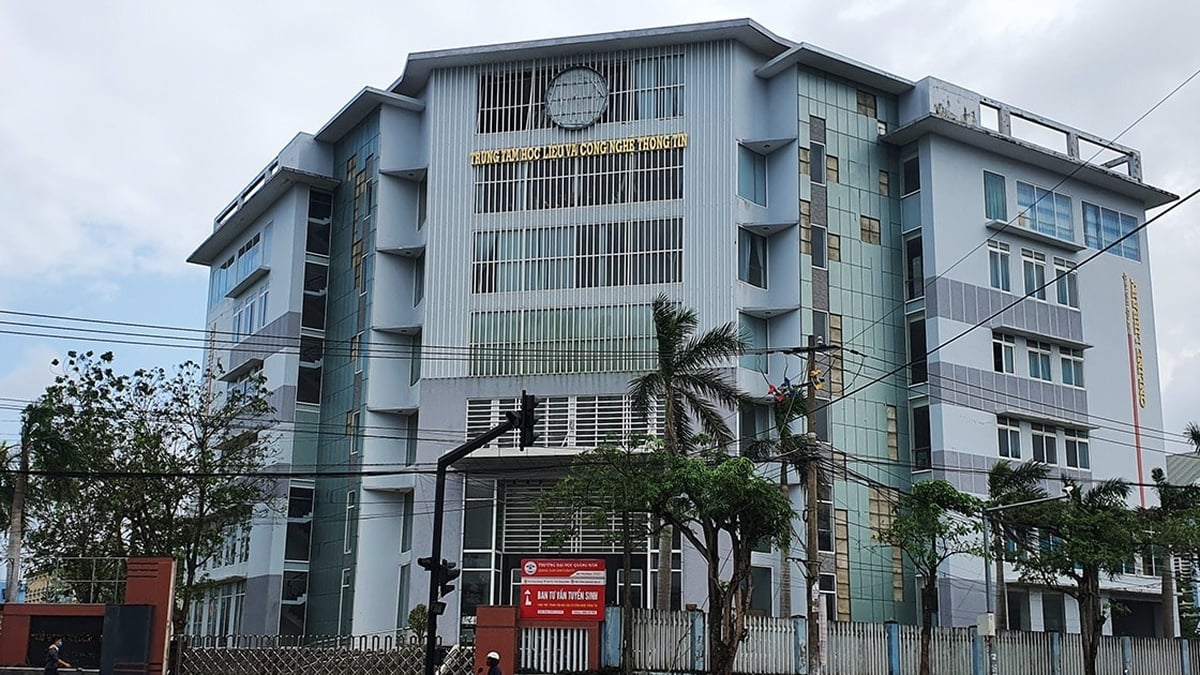
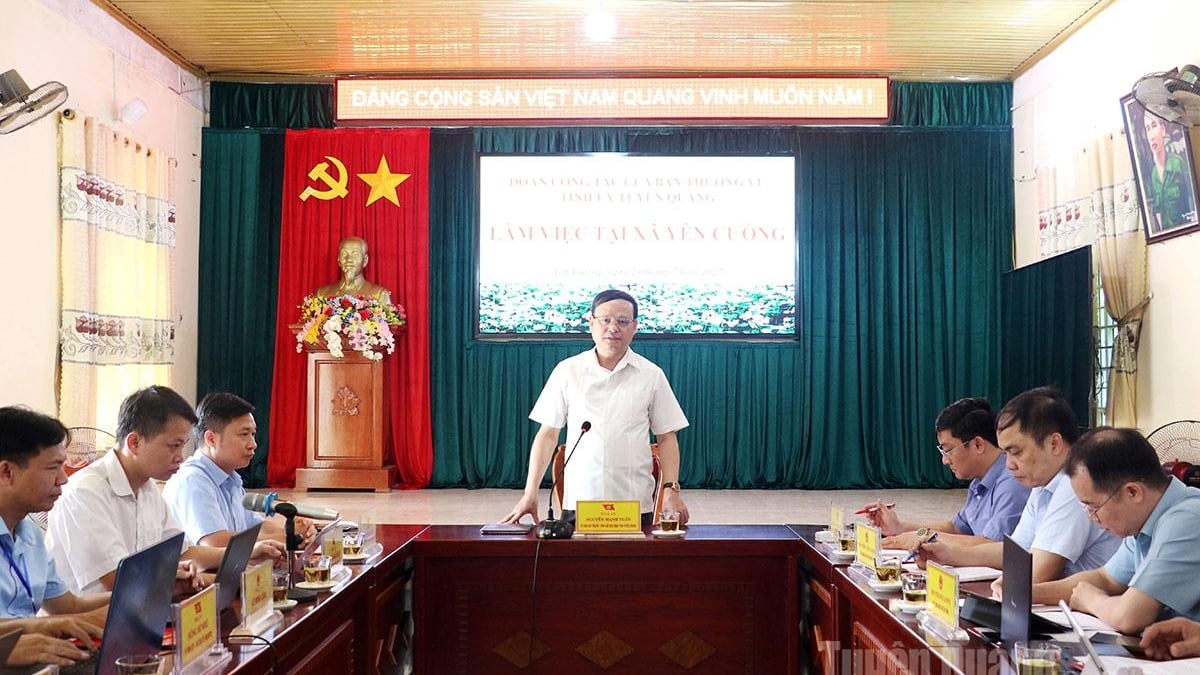


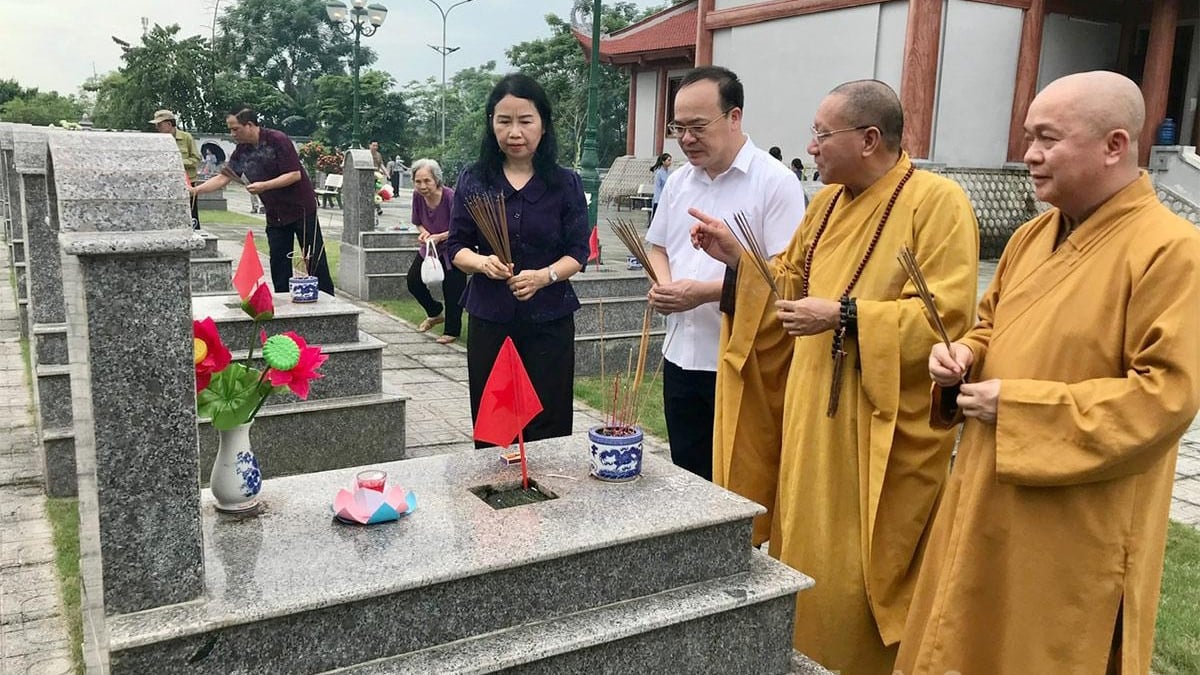
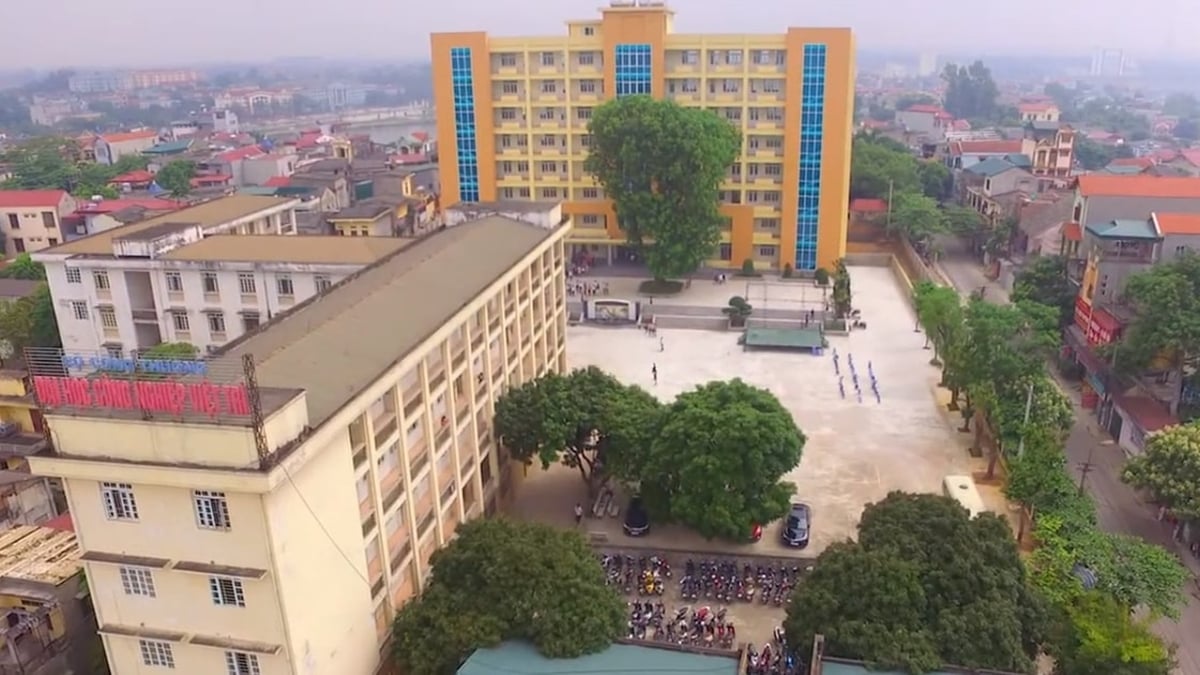

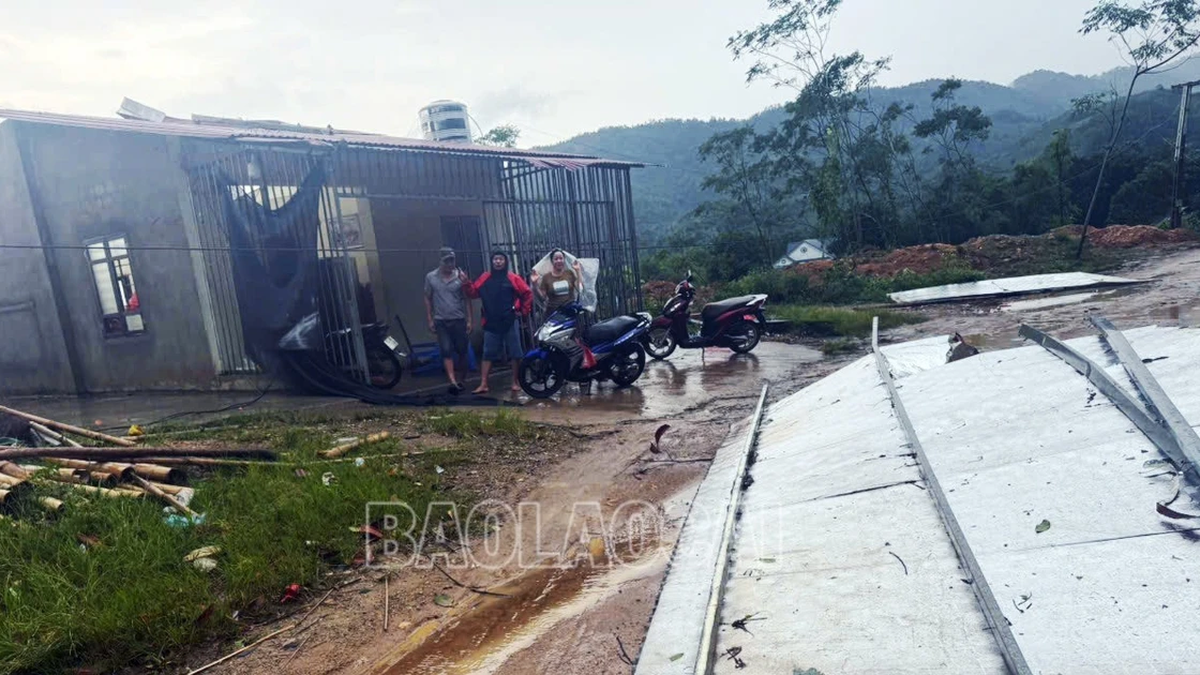













![[Photo] National Assembly Chairman Tran Thanh Man visits Vietnamese Heroic Mother Ta Thi Tran](https://vphoto.vietnam.vn/thumb/1200x675/vietnam/resource/IMAGE/2025/7/20/765c0bd057dd44ad83ab89fe0255b783)







































































Comment (0)